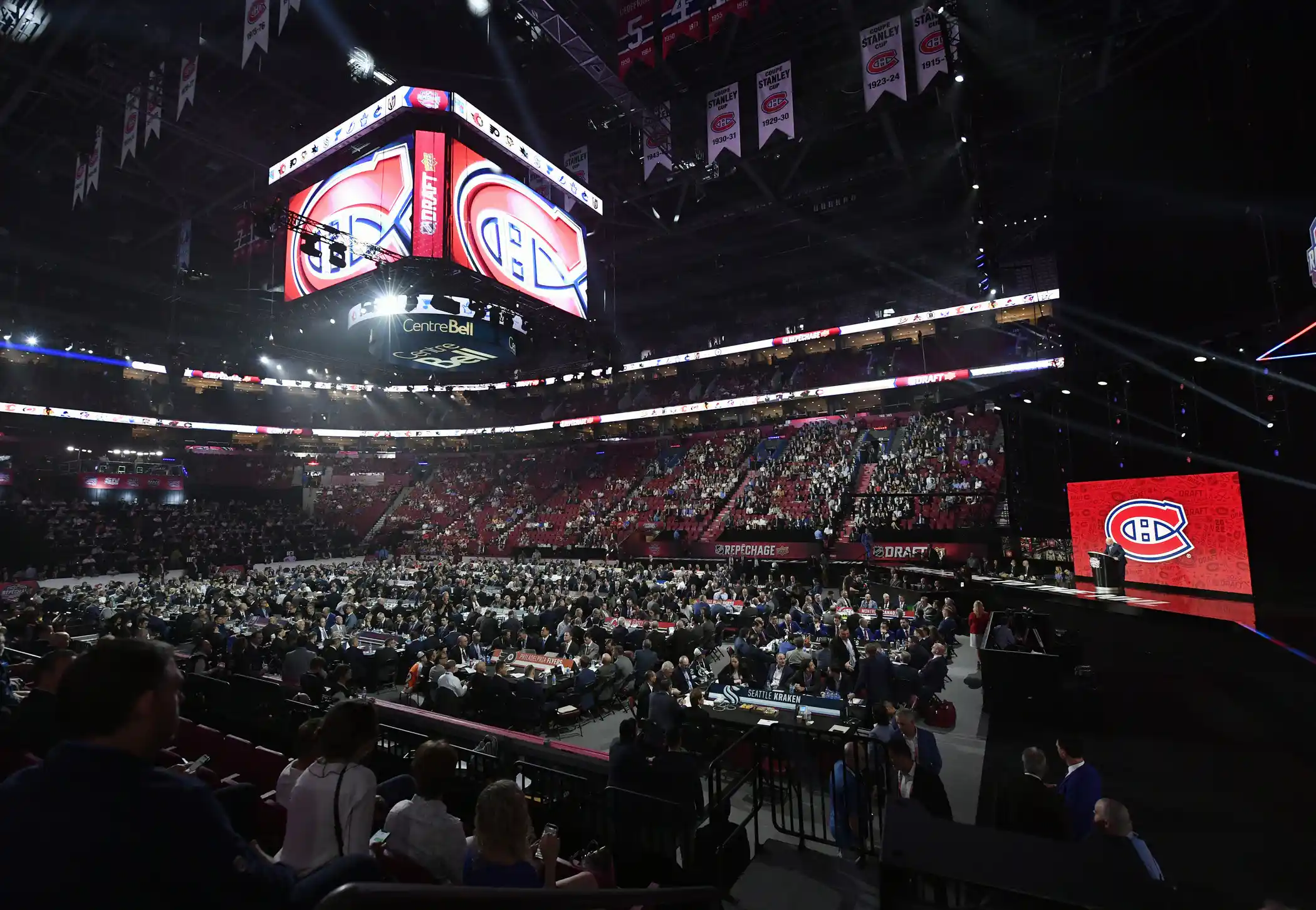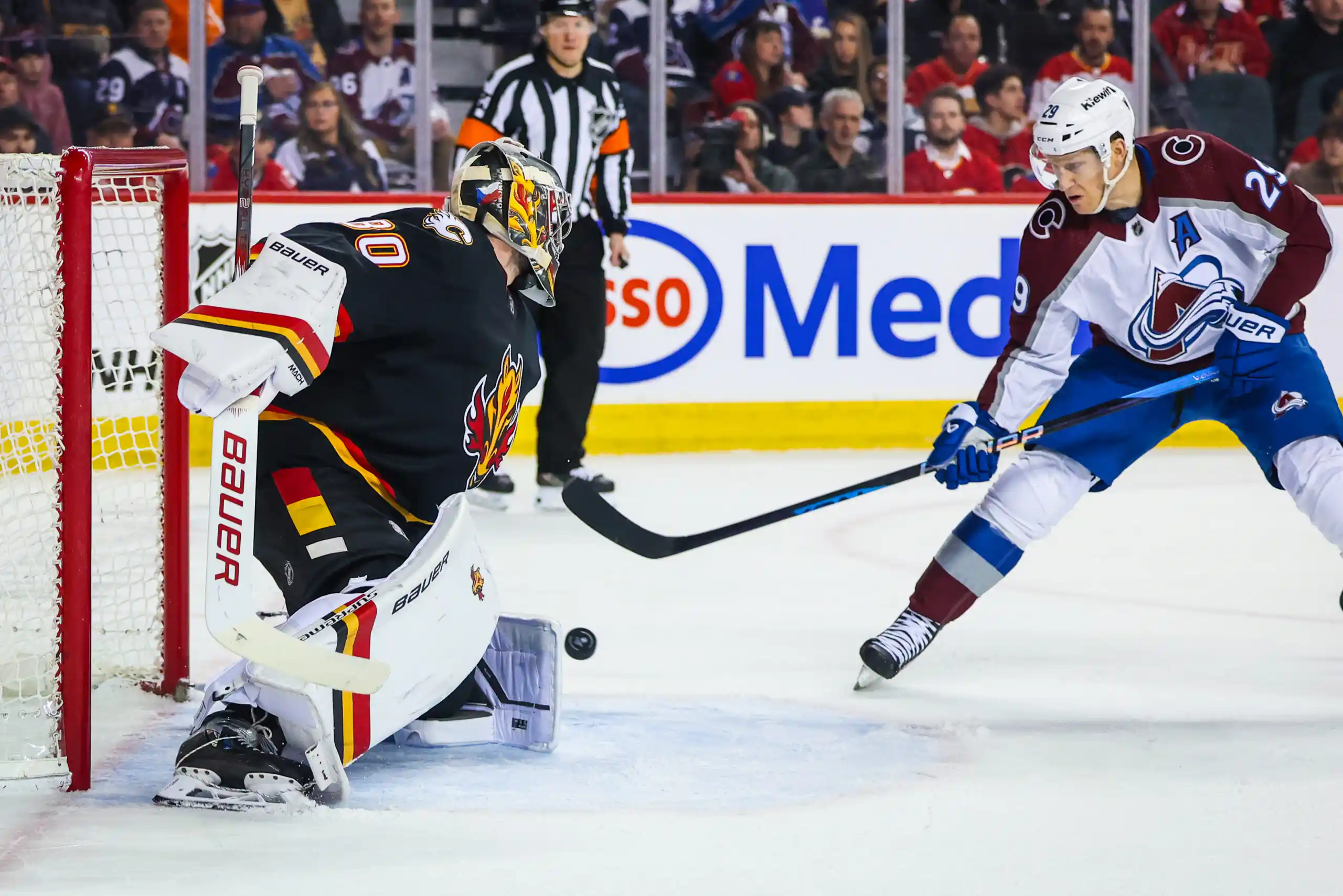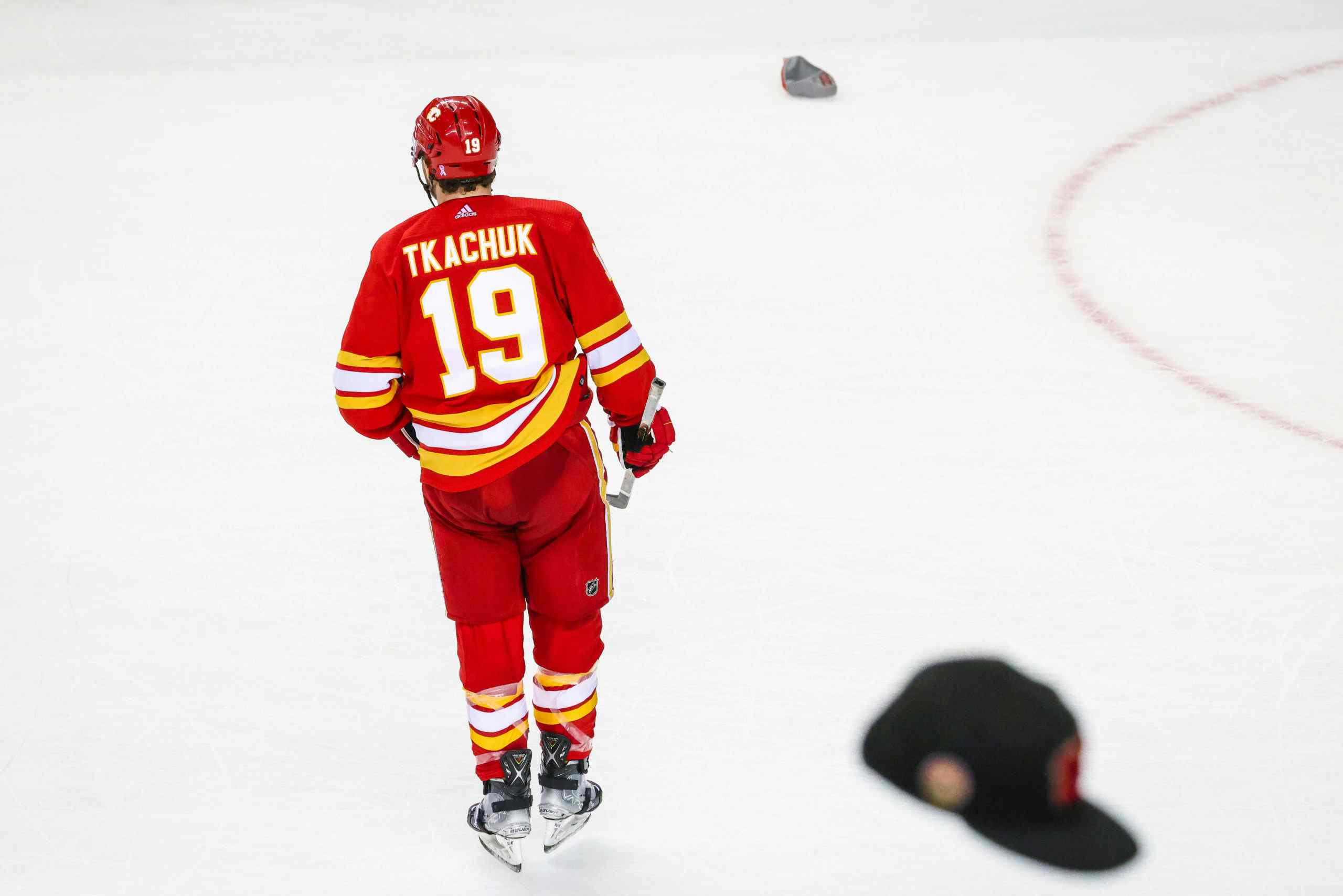How much could reduced crowds impact the salary cap?

By Ryan Pike
3 years agoThere are a lot of things happening right now as the National Hockey League ponders what the near future will look like. At the very least, it seems probable that we’ll see a playoffs of some kind in empty arenas and then the 2020-21 season will begin.. .at some point, probably with some manner of distancing mechanisms reducing arena capacity to some extent.
This all begs the question: what’s the actual impact of these measures on teams themselves? The short answer? The salary cap.
An aside, about TV revenues
The NHL has two big TV deals: one with Sportsnet and one with NBC Universal. The two deals have complicated cashflow, and some sponsorships are contingent on games being televised. The TV deals themselves are worth around $1.25 billion USD (all figures here are American), and the cap impact of the TV deals themselves is about $20 million per team.
We don’t know what the sponsorships are worth, so we’ll ignore them.
But if you’re asking yourself “Hey, how much more money are they going to get from empty arenas than from no games at all?” Well, the answer is probably at least the baseline $1.25 billion (or $20 million of cap impact) per club.
Let’s talk league revenues
First, there are no perfect publicly available NHL revenue numbers. The best we have are Forbes’ estimates, which from their 2019 franchise valuations have projected revenues of about $5.1 billion league wide. That’s about what Gary Bettman and Bill Daly have said they are in recent interviews, so we’ll go with these numbers rather than just guess. (Their projected cap would be just over $82 million, so likely Forbes slightly over-estimates hockey-related revenues.)
Because of the relatively low value of the TV deals, the NHL is what’s known as a “gate dependent” business. All that phasing means is they get a big chunk of their revenue from tickets to their games. Forbes’ estimates add up to about $1.86 billion of gate revenue at status quo, which is about 37% of the NHL’s total revenue pie and a cap impact of about $30 million per team.
Now, let’s reduce them…
Yesterday we discussed the possibility of games running at reduced capacity. We were curious about what the impact of reducing the gate revenue alone would have on the cap – knowing full well that other revenues would probably also be reduced, but wanting to keep it simple.
So here’s how the numbers look:
- A 25% league-wide, season-long reduction would have a cap impact of $7.5 million.
- A 50% league-wide, season-long reduction would have a cap impact of $15 million.
- A 75% league-wide, season-long reduction would have a cap impact of $22.5 million.
Needless to say, these are rough projections based on incomplete information. But they also speak to the degree of challenges the NHL could face financially when they’re able to get back up and running again. They’re going to be taking a fairly heavy hit to the wallet one way or another, so doing their best to get their TV partners some games seems like a smart move designed to protect those relationships and revenue streams.
Now, the NHL and NHLPA could artificially agree to set a cap number for a few seasons to provide stability, but they’d likely be borrowing against future revenue growth and they would likely want to know roughly how many seasons ahead they’re borrowing from.
Recent articles from Ryan Pike





